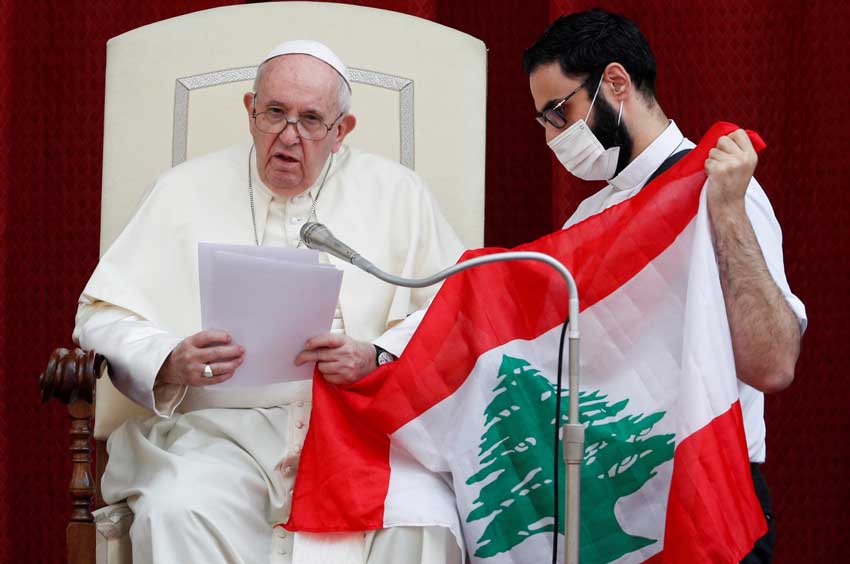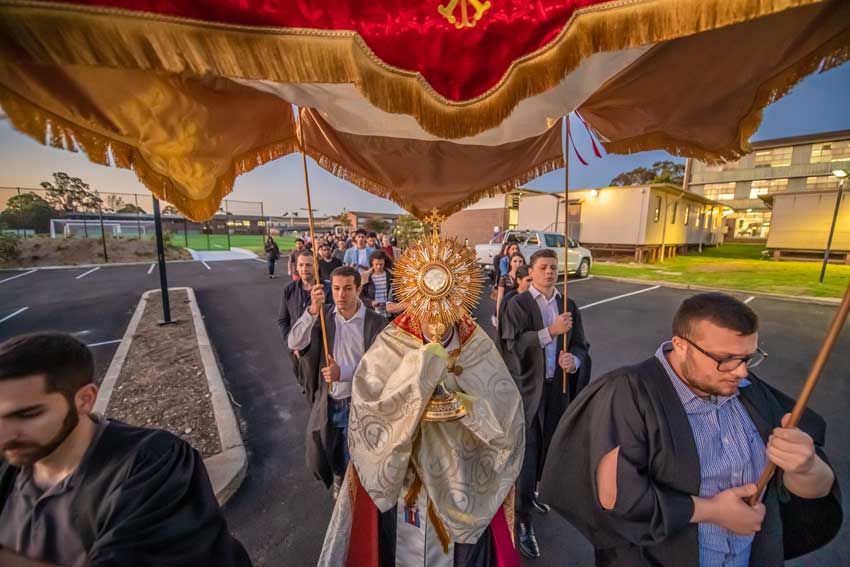
This week I’m changing gears a bit and looking at some other Plenary Council recommendations and interventions.
The Plenary Council really tried to engage other non-Latin rite Catholic communities in Australia.
It’s a shame they didn’t extend a welcoming hand to those Latin rite Catholics who still like to worship using the older form of the Mass. But that’s another story.
“Acts of Solidarity in fasting, prayer and almsgiving are good for the soul … And it is a powerful force for mission and evangelisation.”
I saw the Eastern rites grasp this opportunity to let the local Church know they existed, and to call for greater collaboration at grassroots level. And this is terrific.
The dioceses of Sydney, Parramatta, and Melbourne all have large Eastern rite populations. But not everywhere in Australia has the same distribution.
Perth, where I live, has a very small Maronite community, and very small communities of other non-Latin rites as well. This is going to make collaboration very different in these dioceses.

One of the best interventions at the Plenary Council that I read was from Fr Anthony Walsh OP, who called for restoration of the discipline of fasting to the Latin Church.
And one of the reasons he recommended it was that it’s taken seriously in the Eastern rite communities, and also the Orthodox communities.
“Acts of Solidarity in fasting, prayer and almsgiving are good for the soul … And it is a powerful force for mission and evangelisation”, he said.
“The dioceses of Broome, Darwin, and Brisbane have the largest percentages of Catholics who are Aboriginal, but the numbers are not large in any diocese.”
I’m very aware that me writing about fasting is like an alcoholic writing about abstinence.
It’s the ascetic discipline I find the most difficult, as I never let a carbohydrate pass me by.
And yet I know it’s a good thing, and I know I don’t do it enough. I know I could learn more about it and perhaps be more faithful to it.

Greater discussion of – and hints on – fasting for ordinary Catholics is one of those practical changes that would cost almost nothing and could be rolled out quickly.
I was also astonished to find out that our National Count of Attendance, which measures the rate of Mass attendance in Australia, doesn’t count Aboriginal and Torres Strait Islander people separately from other ethnicities.
The only data we have on the number of Aboriginal Catholics is from the Australian Bureau of Statistics. In 2016 the Census identified around 133,000 of them.
“If we are to incorporate learning and leadership from indigenous peoples into the Church in Australia, it would be helpful if we knew where they live in Australia, and how many of them go to Mass …”
If they also practice at a rate of around 10 per cent, which is the national average, then that’s 13,000 people. The dioceses of Broome, Darwin, and Brisbane have the largest percentages of Catholics who are Aboriginal, but the numbers are not large in any diocese.
If we are to incorporate learning and leadership from indigenous peoples into the Church in Australia, it would be helpful if we knew where they live in Australia, and how many of them go to Mass, and why.
Aboriginal Catholics are significantly younger than other Australian Catholics. Before we get excited about this, it would really help to know if their rate of Mass attendance is higher or lower than the national youth rate of around 5 per cent. More on data next week – bear with me. I’m going somewhere with this!
